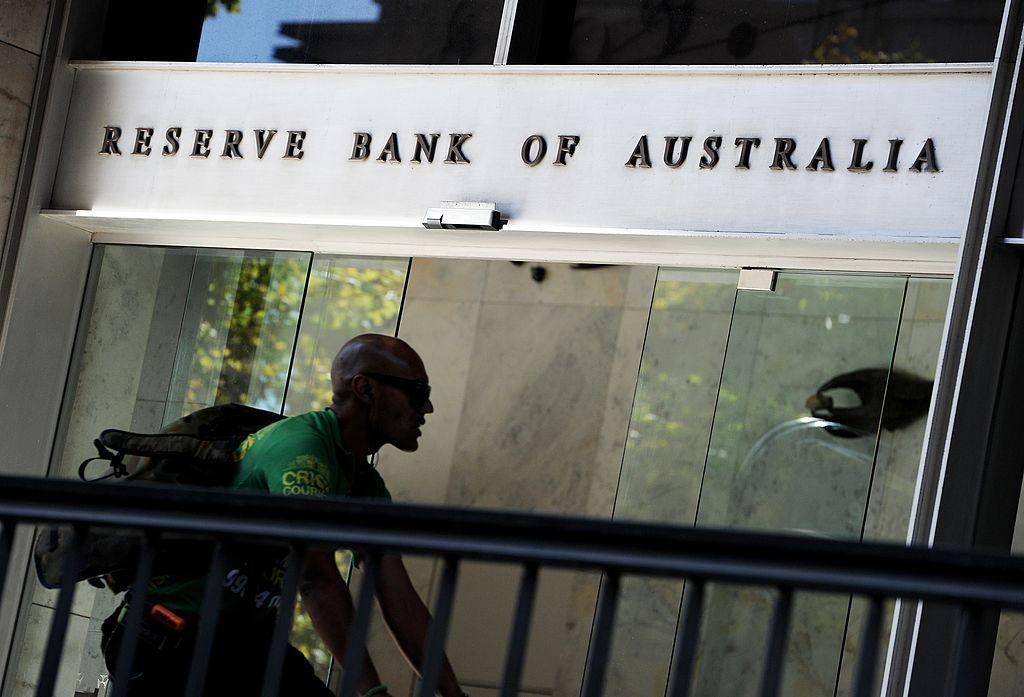Australian employers are still hiring but the size of the workforce is growing faster than the number of jobs being created, in a development that bodes well for borrowers waiting for interest rate cuts.
The unemployment rate rose to 4.1 percent in April, the Australian Bureau of Statistics said on May 16, up from the revised-higher figure of 3.9 percent in March.





